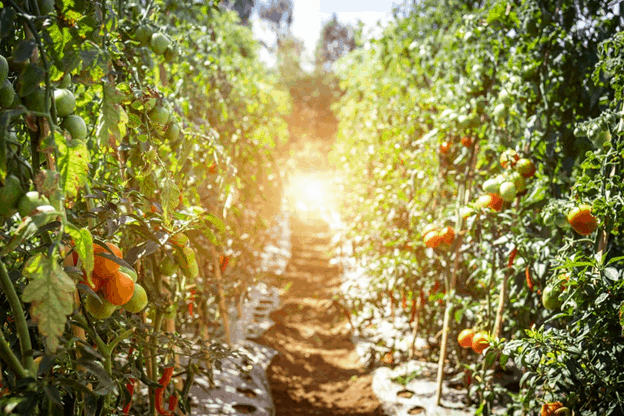
You are interested in how to start a hobby farm. But what separates a hobby farm from a standard farm or homestead? And what do you need to know to start a hobby farm to ensure its success?
Below are the characteristics of a hobby farm, the potential goals you can establish for your hobby farm, and how to write a one-year plan for your farm. These tips and bits of information will help you stay on track when buying and operating your own hobby farm.
What Is a Hobby Farm?
A hobby farm is a farm with a small footprint that is run and maintained for pleasure instead of profit. It’s important to understand that the crops you grow or yield from your hobby farm are not going to be a major source of income for you or your family.
Unlike a homestead, a hobby farm is not a source of total self-sufficiency. Hobby farmers, because they are not primarily concerned with profit, have the luxury to decide exactly what the purpose of their hobby farm is. For example, do you want to grow and sell vegetables? Tend to small populations of livestock? Raise chickens? The choice is up to you.
Yes, each of these avenues of hobby farming require funding, which is another characteristic which separates hobby farmers from for-profit farmers. The latter is typically trying to operate their farm on a minimal budget. But hobby farmers are okay with spending money on equipment, animals, and supplies. However, even though you are okay with spending money on your hobby farm, it is important to understand and define what your exact farm budget is.
What Is Your Hobby Farm Budget?
Your budget will determine several characteristics of your hobby farm including its size, location, and operation. When searching for land for sale it is important to compare the price of the particular plot of land you are interested in with others in the area. You might want to sell the land later, so it is important to not pay more for the property than its future selling price.
What Are the Goals of Your Hobby Farm?
When starting a hobby farm, it is important to establish what goals you want to achieve with your land. When establishing goals, it is important to make them specific and measurable.
Following the acronym SMART is a great way to make solid goals for your farm. The acronym describes that proper goals will be Specific, Measurable, Attainable, Rewarding, and have a Timeline. These goals should also be separated into short-term and long-term goals.
Write a One-Year Plan for Your Farm
A large part of your farm’s one-year plan will focus on learning about farming and determining exactly how you are going to make the most out of your farm. Other important steps that should be included in your first-year hobby farm plan should be determining the future of your farm and what permits or licenses may be necessary to achieve your desired goals.
Another important part of the plan for your hobby farm is ongoing research. Read everything you can about hobby farming. Books about hobby farming can be invaluable. Learning about the personal experiences of other hobby farmers is also a great way to educate yourself. Be sure to check out websites and social media groups about hobby farming.
Moving Forward with Your Hobby Farm
After you determine your farm goals, buy your land, and manage your farm for a year, you may be interested in growing your farm or diversifying your operation. Perhaps you want to tend livestock or grow other crops.
If so, simply restart the process you used to initially set up your farm. Begin by figuring out your new budget. Then determine your goals. Finally, plan and operate your farm’s one-year plan.
Hobby farming is a rewarding activity that can be used as therapy, recreation and a change in lifestyle. As more and more individuals follow their desire to reconnect with nature and the land they live on, the opportunities for hobby farming will surely grow.
Do you need a greenhouse when you start a hobby farm? Read about Greenhouse Heaters and Accessories.






Leave a Reply